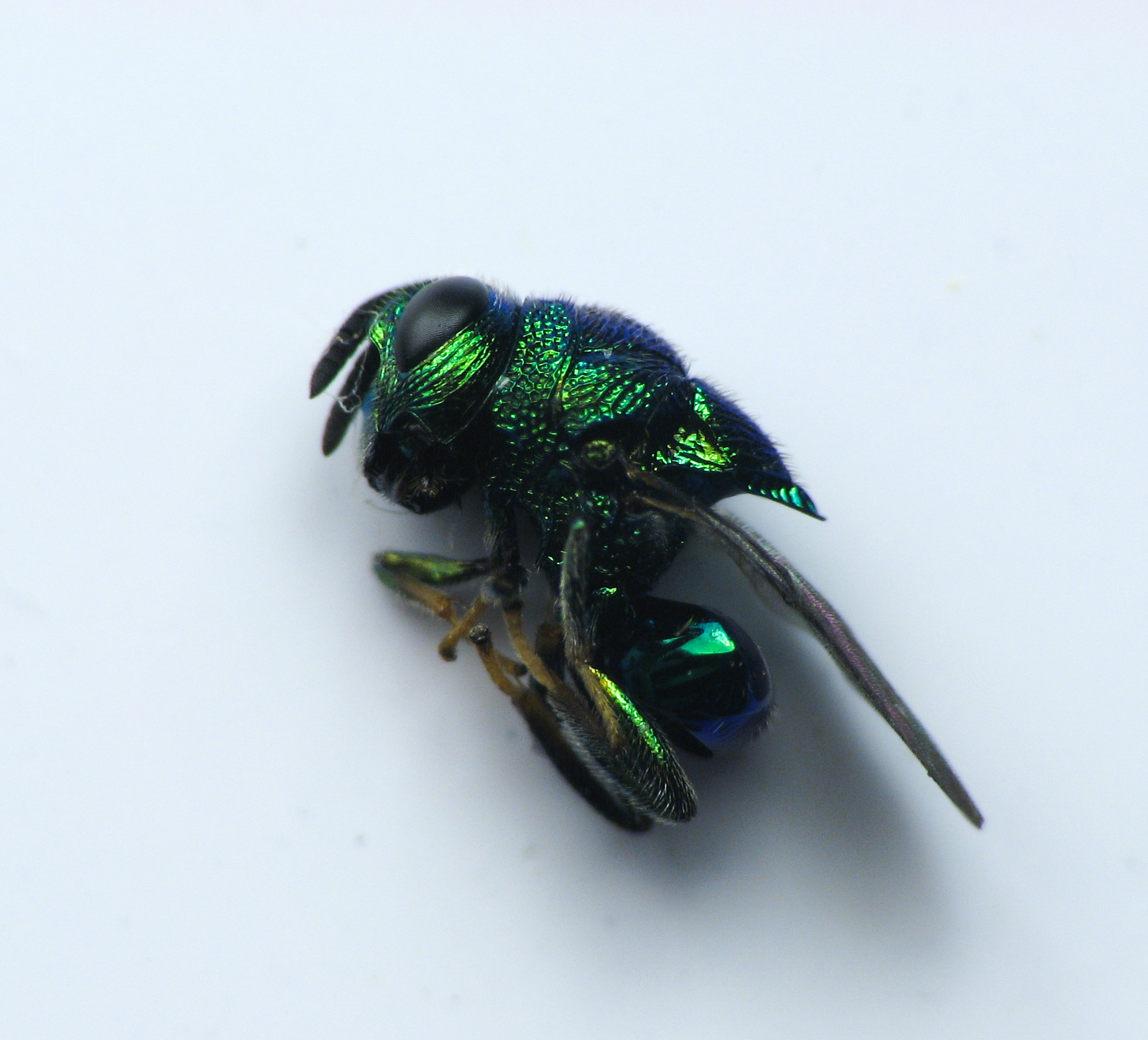Perilampidae on:
[Wikipedia]
[Google]
[Amazon]

 The Perilampidae are a small
The Perilampidae are a small
 Data sources: i = ITIS, c = Catalogue of Life, g = GBIF, b = Bugguide.net
Data sources: i = ITIS, c = Catalogue of Life, g = GBIF, b = Bugguide.net
Universal Chalcidoidea Database
{{Taxonbar, from=Q1130408 Chalcidoidea Apocrita families

 The Perilampidae are a small
The Perilampidae are a small family
Family (from la, familia) is a group of people related either by consanguinity (by recognized birth) or affinity (by marriage or other relationship). The purpose of the family is to maintain the well-being of its members and of society. Idea ...
within the Chalcidoidea
Chalcid wasps (, , for their metallic colour) are insects within the superfamily Chalcidoidea, part of the order Hymenoptera. The superfamily contains some 22,500 known species, and an estimated total diversity of more than 500,000 species, me ...
, composed mostly of hyperparasitoid
A hyperparasite, also known as a metaparasite, is a parasite whose host, often an insect, is also a parasite, often specifically a parasitoid. Hyperparasites are found mainly among the wasp-waisted Apocrita within the Hymenoptera, and in two ...
s. The family is closely related to the Eucharitidae, and the eucharitids appear to have evolved from within the Perilampidae, thus rendering the family paraphyletic
In taxonomy, a group is paraphyletic if it consists of the group's last common ancestor and most of its descendants, excluding a few monophyletic subgroups. The group is said to be paraphyletic ''with respect to'' the excluded subgroups. In ...
(if the two families are joined in the future, the name with precedence is Eucharitidae). As presently defined, at least 15 genera and 270 species are described worldwide. They are often brilliantly metallic (especially blue or green), with robust mesosoma
The mesosoma is the middle part of the body, or tagma, of arthropods whose body is composed of three parts, the other two being the prosoma and the metasoma. It bears the legs, and, in the case of winged insects, the wings.
In hymenopterans of t ...
e and a small, triangular metasoma
The metasoma is the posterior part of the body, or tagma, of arthropods whose body is composed of three parts, the other two being the prosoma and the mesosoma. In insects, it contains most of the digestive tract, respiratory system, and cir ...
e (swollen and bulbous in the Philomidinae). They are generally very strongly sculptured. The prothorax is typically very broad and disc-like, and the labrum is multidigitate, a feature shared with the Eucharitidae.
Another feature shared by the Eucharitidae and Perilampidae is the first-instar larvae are called " planidia" and are responsible for gaining access to the host, rather than the egg-laying females. Those species which are hyperparasitoids burrow into a secondary host's body and seek out endoparasitoid larvae, such as tachinid flies or ichneumonoid wasps, and attack them.
Genera
These 17 genera belong to the family Perilampidae: * '' Aperilampus'' Walker, 1871 c g * '' Austrotoxeuma'' Girault, 1929 c g * '' Brachyelatus'' Hoffer & Novicky, 1954 c g * '' Burksilampus'' Boucek, 1978 c g * '' Chrysolampus'' Spinola, 1811 c g * '' Chrysomalla'' Forster, 1859 c g * '' Elatomorpha'' Zerova, 1970 c g * '' Euperilampus'' Walker, 1871 c g b * '' Jambiya'' Heraty & Darling, 2007 * '' Krombeinius'' Boucek, 1978 c g * '' Monacon'' Waterston, 1922 c g * '' Parelatus'' Girault, 1916 c g * '' Perilampus'' Latreille, 1809 i c g b * '' Philomides'' Haliday, 1862 c g * '' Sericops'' Kriechbaumer, 1894 c g * '' Sinoperilampites'' Hong, 2002 g * '' Steffanolampus'' Peck, 1974 c g Data sources: i = ITIS, c = Catalogue of Life, g = GBIF, b = Bugguide.net
Data sources: i = ITIS, c = Catalogue of Life, g = GBIF, b = Bugguide.net
References
External links
Universal Chalcidoidea Database
{{Taxonbar, from=Q1130408 Chalcidoidea Apocrita families